The complete guide to the Best hydroponic growing medium

This post follows our research editorial guidelines.

If you’re putting together your first home-designed hydroponic rig there are decisions to be made. Picking the best hydroponic growing medium is right up there with picking your hydroponic system overall. Whether you’re comparing coco coir vs coco peat, or Rockwool vs perlite there’s a lot to consider. It’s important to use a growing medium that suits your system and your wallet, too. But once you get a feel for each material working out your favorite is a snap.

Table of Contents
What makes a good growing medium?
There are a couple of factors to think about when choosing the medium for your type of system.
The first number you need to consider is the Water Holding Capacity (WHC). This figure gives us an idea of how much of the nutrient solution the medium can absorb. At first pass it seems more is better but some systems require a growing medium that drains quickly rather than holding the water instead.
The second big number is the Cation Exchange Capacity (CEC). This reflects how much fertility the medium will retain. Nutrients in solution have a mild electrical charge and so does the medium. The different charges in different hydroponic grow material change how much it stays when the water drains.
Air Filled Porosity (AFP) is another important statistic. It describes how much air the substance retains even when wet. For plants in a hydroponic growing system that extra air is of paramount importance. Roots need oxygen to remain healthy. Without they struggle to function and eventually sicken and die.
The last figure is cost. If you’re on a budget medium with mediocre numbers will be most appealing. Commercial hydroponics growers often use low-cost options to get the most bang for their buck even if there’s something else out there with better numbers.
How to choose the right growing medium for your hydroponic setup
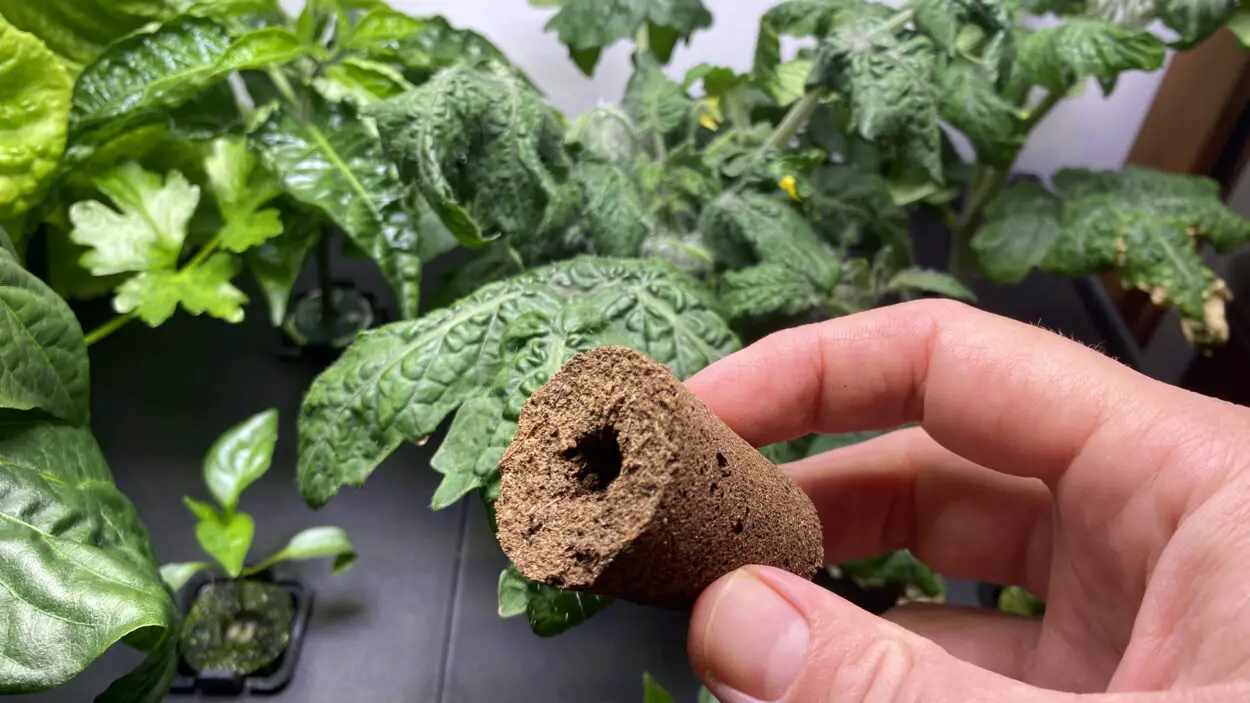
What’s best for your hydroponics system will come down to what option on the list of growing substrates most fits your needs.
Some systems rely heavily on the WHC of the medium to keep their crops moist and well-fed. The Drip System and Wick System are examples of this type of hydroponics approach. They need a medium that will hold nutrients well and keep them from draining away.
Others prioritize good drainage. Ebb and Flow requires something like perlite that drains well while retaining all the essential elements needed to grow plants.
You can also blend your own. Commercial growers mix inert media like perlite and vermiculite with organic elements like coco coir or peat. It’s also common for cheap elements like sand tol pad out expensive ones that provide the water holding capacity or manage nutrients.
“In hydroponic gardening, plants still require some form of media to establish root growth although they do not derive nutrients from this media. Growing media for hydroponic systems vary greatly but most often contain gravel, sand, clay pebbles, perlite, vermiculite, shredded bark, or rock wool. The type of growing system you use and availability of growing media will often dictate your choice.”
John E. Gallagher, Master Gardener Pennsylvania State University
What are the different types of mediums used in hydroponics?
Below is the most common growing media in hydroponics and what they have to offer the average home hydroponic gardener. This is by no means an exhaustive list. I’ve heard some growers experiment with shredded paper, straw and other esoteric materials like grow rock made of glass. If it can hold roots and stay damp enough someone has tried using it as a growing medium!
Expanded Clay
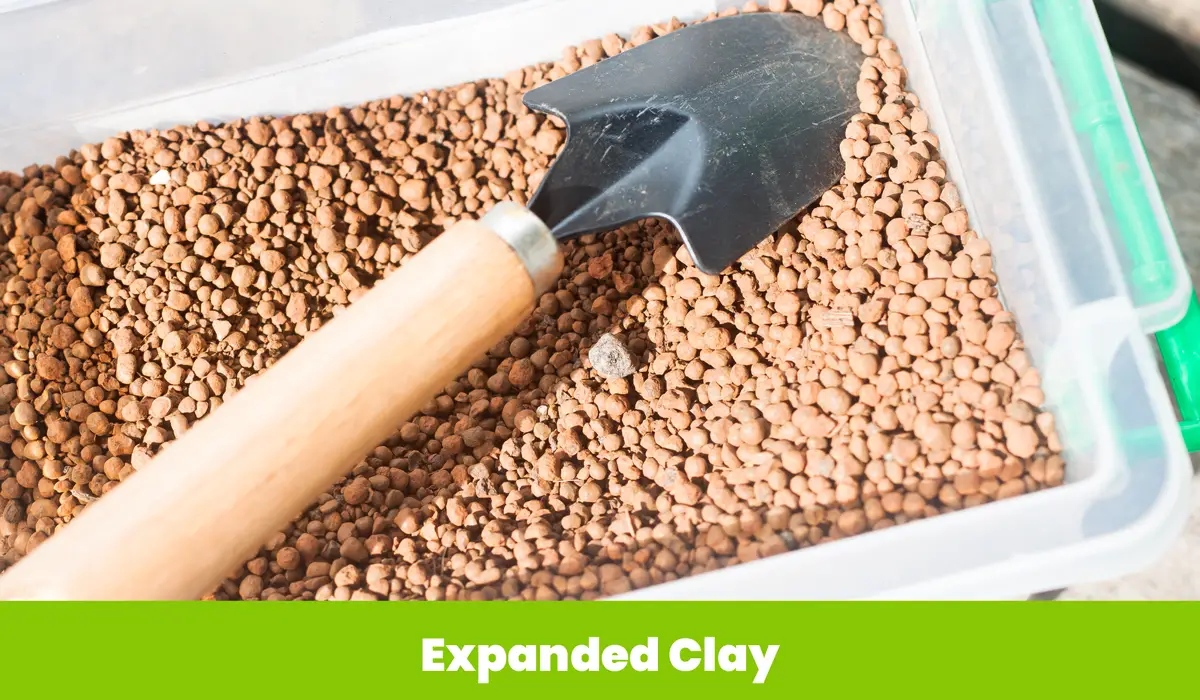
Expanded clay are pellets made from clay that has been superheated and tumbled into coarse balls of various sizes. It’s also known as clay pebbles, LECA, or Hydroton.
This is a fantastic option and a good choice for hydroponic systems that do best with good drainage. It has great numbers all around. It holds both water and nutrients well, but its ability to hold air really stands out. It’s a fantastic media to use in passive Deep Water Systems to keep roots well aerated. It’s also inert and can be washed for reuse almost infinitely.
The biggest drawback for expanded clay is the cost. It can be prohibitively expensive to fill a large system. It’s also not as easy to find as other types of growing media.
Vermiculite
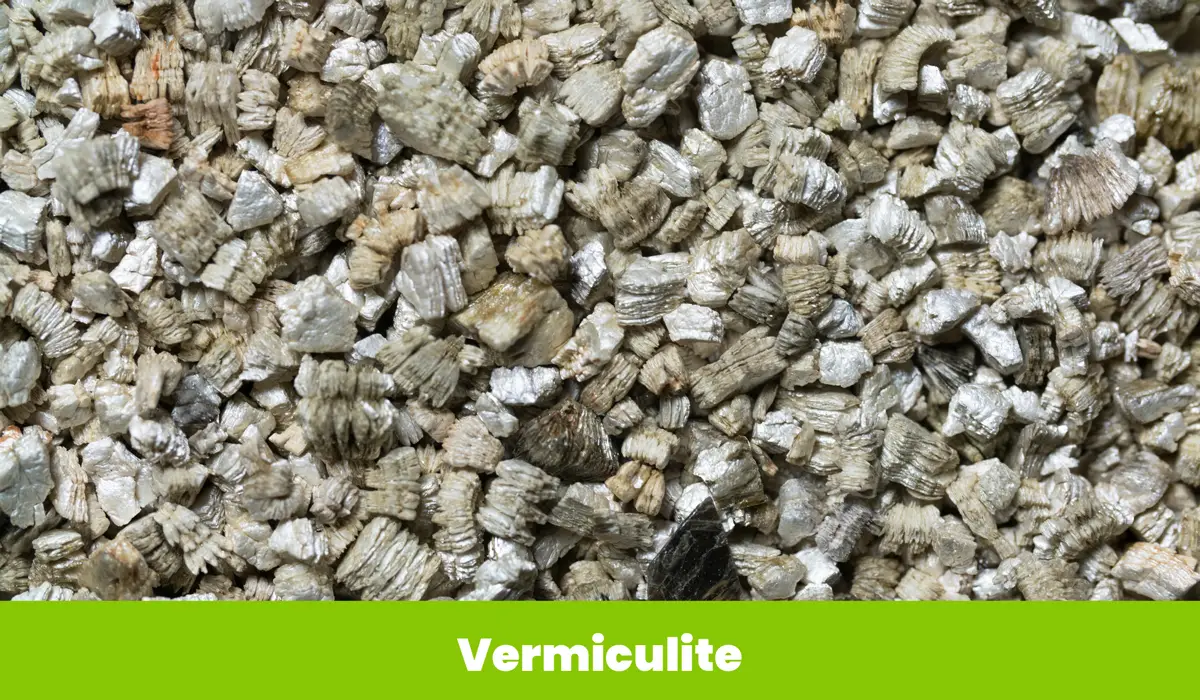
Vermiculite is made from the mineral mica. It’s super-heated to form a flaky fine-grained material. Like all minerals, it’s inert and does not rot during use. It’s generally pH neutral, though can become alkaline over time.
Vermiculite has excellent water-holding capacity. Consequently, it also holds nutrients from the solution well too. It has few air pockets however so can become waterlogged easily. Many hydroponic growers blend it with other substances to bring extra water retention to their mixes.
Pea Gravel

Pea gravel is small stones with each fragment no larger than a pea. It’s most commonly formed from granite but other stone can be used too.
Gravel drains very well indeed. It’s inert and can be easily sterilized for re-use. These two properties make it a popular hydroponic substrate for aquaponics and other hydroponic applications where drainage is important.
But that’s about all it’s got going for it. It has no real water-holding capacity and an EC of zero. You have to watch your pH too as some types of rock will interfere with the acidity of your solution.
Rockwool

Rockwool is a fluffy material made from basalt that’s heated and spun out into fine threads. They’re bundled together into thick mats or cubes. It’s a popular growing medium for commercial hydroponic systems thanks to its excellent water-holding capacity and high EC. It also has an acceptable level of air-filled porosity. It’s inert and does not break down through use. It’s relatively cheap and easy to find. It seems very much like the best type of media you can use.
Rockwool has a few very substantial drawbacks. Cubes and mats of rockwool are very difficult to re-use and end their life in landfill. It can also start off quite alkaline, presenting challenges to maintaining your pH. It’s also hazardous to work with and produces dangerous fibers when dry. I generally suggest you use one of the alternatives to Rockwool where you can.
If you choose to go with Rockwool be sure to keep a pH meter handy, especially if you plan on growing acid-loving plants like hydroponic blueberries.
Pumice

Pumice is crushed volcanic stone. It drains well and can be re-used. It has much better air-filled porosity and it can actually retain water and nutrients on its own. Pumice is also cheap and easy to sterilize and reuse.
I tend to think of it as poor man’s clay pellets. The properties are very similar once they’re in use. It’s even better when mixed with other growing media like sawdust or coco coir. About the only real drawback is it can be dusty to work with and in some areas, the right grades are hard to come by. But if you have it to hand it’s a great medium for hydroponic growing.
Perlite
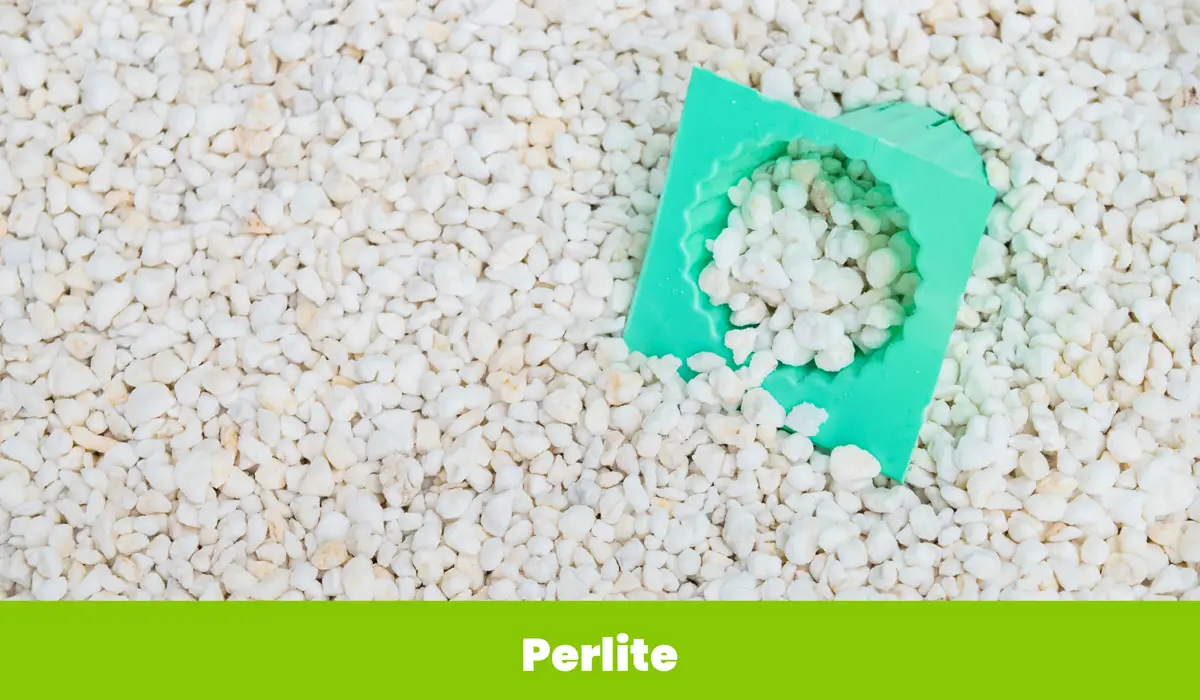
Perlite is one of the most popular growing media – I know I enjoy using it. It’s a form of volcanic glass that’s super-heated until it puffs up like popcorn. It’s light and airy with excellent air-filled porosity. It also has a high Cation Exchange (EC) Capacity and holds water very well too. As a type of glass it’s totally inert and pH neutral and with a bit of effort can be reused many times.
Perlite works well in many different types of hydroponic rigs. Larger grades are great for Deep Water Culture setups and it blends well for plants growing in bedded systems like Drip or Wick System. It’s cheap and easy to find.
On the downside, it can be too light for some hydroponic systems. It can float about in your hydroponic nutrient solution and jam up filters and pumps. It’s dusty to work with when dry and sends particles drifting through the air of your growing environment. But in general, the benefits far outweigh the drawbacks.
Sand

Like pebbles sand is very “what you see is what you get”. Sand is inert and does not break down. It’s cheap and universally available in many forms.
Sand has been used in soilless growing for years but is falling out of favor. It’s easy to see why – has a very low water-holding capacity and is back-breaking to move when wet. It’s also very low in air-filled porosity.
That said it still remains popular among hydroponic growers who want cheap and fast-draining materials. It’s best used in Ebb and Flow systems where getting the nutrient solution out is just as important as getting it in.
Peat Moss
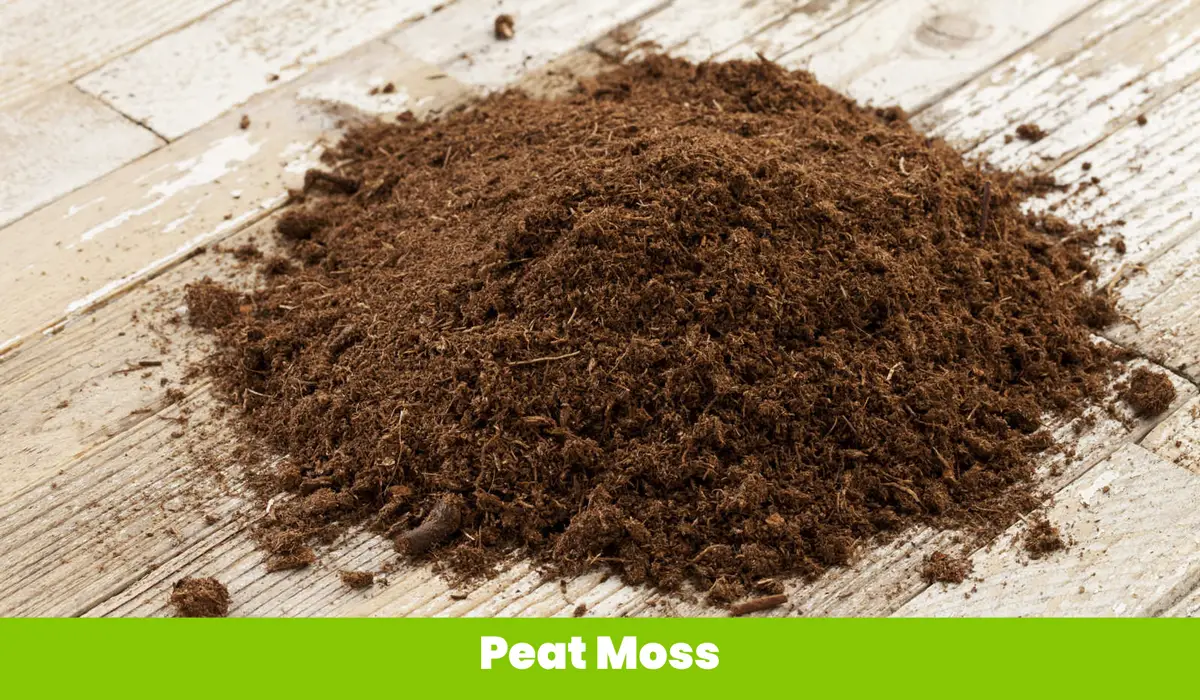
Peat moss is one of the big superstars of the current fad for gardening. Peat moss is harvested from wild bogs and then cleaned and dried for sale. It’s versatile and has an excellent water-holding capacity, lots of air pockets and a reasonably good ability to hold nutrients. It’s also readily available and reasonably priced.
Despite its good characteristics I generally suggest people choose another growing medium over peat. It’s deeply unsustainable as the wild mosses grow far slower than they’re harvested. Peat bogs are ecologically fragile and recover poorly from the harvest. There are plenty of good peat moss alternatives that are just as good and far better for the environment.
Peat moss is also commonly used to make grow sponges. These sponges keep the medium formed and in place and are an excellent solution for those looking for an organic material that still keeps its structure. Peat moss grow sponges are used in at-home hydroponic kits like the AeroGarden or Rise Garden.
Coco coir
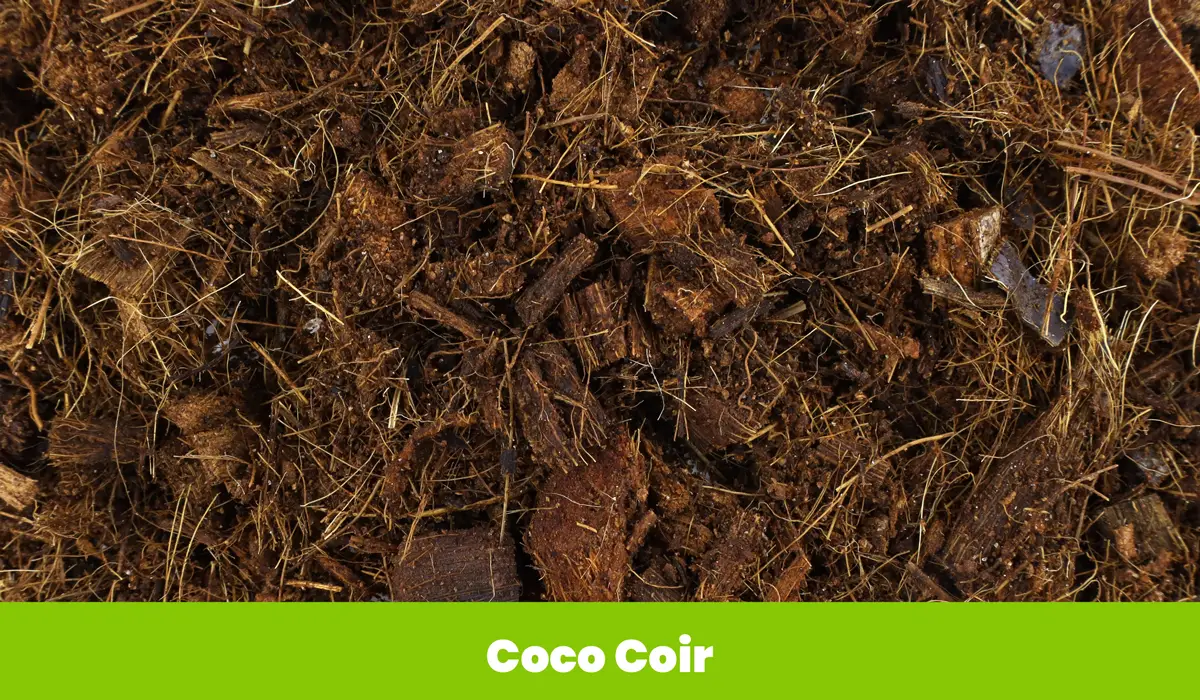
When searching for an environmentally friendly substrate that works in most different hydroponic systems coco coir immediately springs to mind. It’s made from the tough outer fibers of coconuts that are removed when the nuts themselves are harvested as food.
Coco coir is an excellent hydroponic medium. It soaks up water abundantly and takes the nutrients along with it. It’s airy and while it decomposes it does so slowly. While it can’t be reused it’s a snap to compost.
On the downside it does have some unique properties you have to watch. It can interfere with your solution’s nutrient profile and do unpredictable things to the levels of potassium, phosphorus and nitrogen.
Coco peat
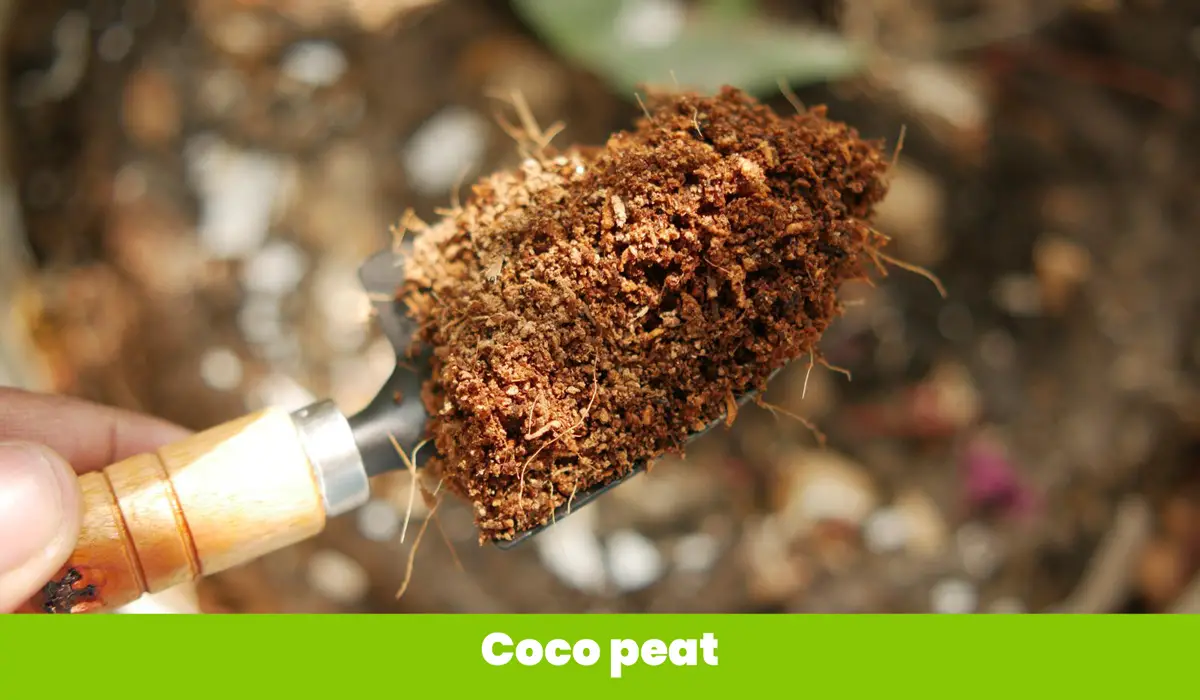
Coco peat is another substrate derived from coconut. In general, the difference between coco coir and coco peat is that coir is long fibers and peat is shorter fibers, crushed hull, and dust. It’s heavier than coco coir and has a more powerful water-holding capacity. This comes at the cost of a lower air-filled porosity.
Coco Peat is a great seed starter for many different types of hydroponic crops. It’s rich and really gets those seeds sprouting. It’s also sterile so you can move seedlings to your rig without any drama.
I don’t generally suggest you use pure coco peat in any type of hydroponic growing setup. It’s very finely milled so depending on your rig you’ll soon have bits through pipes or collecting at the bottom of the growing trays.
Starter plugs

A starter plug is a preformed block of medium that many hydroponic growers use for germinating seeds. They provide ideal growing conditions for newly emerging roots. They’re small and flexible so that once your seeds are thriving they can be moved, plug and all, into your hydroponic setup.
Starter plugs are popular among hydroponic gardeners as they eliminate much of the root damage that transplanting can inflict on delicate seedlings. But it’s worth examining if you really need them. The average growing medium will sprout a seed just as well as an expensive plug. Sprouting on your system’s own growing medium will allow the same sort of delicate transfer, too.
I’d really only use starter plugs for… you guessed it, starting plants that you intend to transplant. I also don’t love the fact of using a soft plastic like this since it has a tendency to leach into the water I’m using, but if the contact time is limited I wouldn’t worry too much.
Rapid root
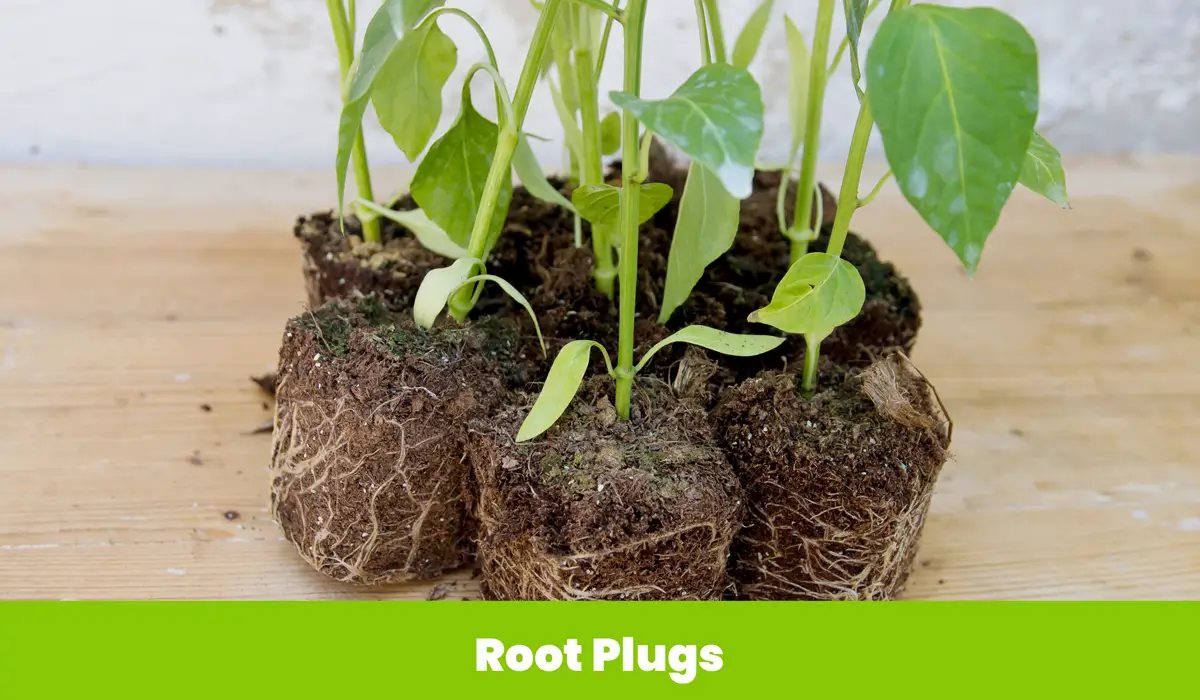
Rapid Root is a starter plug produced by General Hydroponics. It’s made from composted pine chip and other plant material that’s been enriched with the brand’s own seed starting booster and pressed into shape. Seeds are inserted at the top and kept moist until they sprout. Once mature, they can be transferred to your system.
If you struggle with germination this will definitely help. Opt for a kit with full instructions rather than the plugs on their own. Otherwise, you’ll do just as well if you use a medium suited to your system instead.
Starter cubes

Starter cubes are a larger and more versatile type of starter plug. They’re often made from Rockwool, peat, or coco coir and so they bring all the properties of those hydroponic media into an easy-to-handle shape.
Much like plugs it’s a matter of preference to use them. Many folks enjoy the control over germination conditions you get when sprouting in a cube. They also work well for larger growing seedlings that benefit from extra time in a prop tray. For others, it’s an extra step and an extra expense.
Oasis cubes

Oasis starter cubes deserve their own mention. Oasis is most commonly used in floristry to hold elaborate flower arrangements. It’s a type of plastic foam with extraordinary water-holding capacity. It can take in a boggling 30 to 40 times its own weight in water, along with any nutrients the water might contain. It’s easily the most porous medium on this list.
But Oasis cubes are an environmental nightmare. It’s not biodegradable and unlike a lot of the inorganic substances used in hydroponic growing it sheds over the course of its use. These microplastics eventually enter waterways and wind up inside marine animals.
While it might seem like a great growing medium there are plenty of other good starter options that don’t carry these risks, so it’s best avoided.
Rice hulls

Rice hulls are another sustainable organic option, this time as a by-product of rice production. The hard outer seed case is removed from the rice grain prior to use. People worldwide eat a lot of rice so hulls are easy to find.
Rice hulls are very, very cheap. They have pretty solid statistics, with good water-holding capacity and a serviceable amount of air pockets. They’re very light too and blend well with whatever other growing media is used in beds or baskets.
That said they need heavy preparation before use. They aren’t sterile and can bring any number of contaminants along for the ride. They must be parboiled before they become an effective growing medium. But it’s really not a lot of work for the home grower who might need a growing medium that’s both cheap and sustainable.
Sawdust

Sawdust is something of a dark horse when it comes to most hydroponics gardens. It’s cheap and readily available. It’s also very sustainable as it’s a by-product of the timber industry. It has pretty solid numbers compared to other materials. Its water-holding capacity is good though not spectacular, and it holds nutrients and air well. It’s an excellent choice to add into Dutch buckets or other bedded systems.
You do need to watch out for what type of wood your sawdust is made from if you want to add it to your hydroponic project. Some timbers are harmfull to plants making sawdust a riskier option than the average grow medium. It also decomposes readily and can’t be reused. But it’s hard to go past the price and once you pull it out of the rig it’ll compost nicely or serve well as garden mulch.
Wood Chips
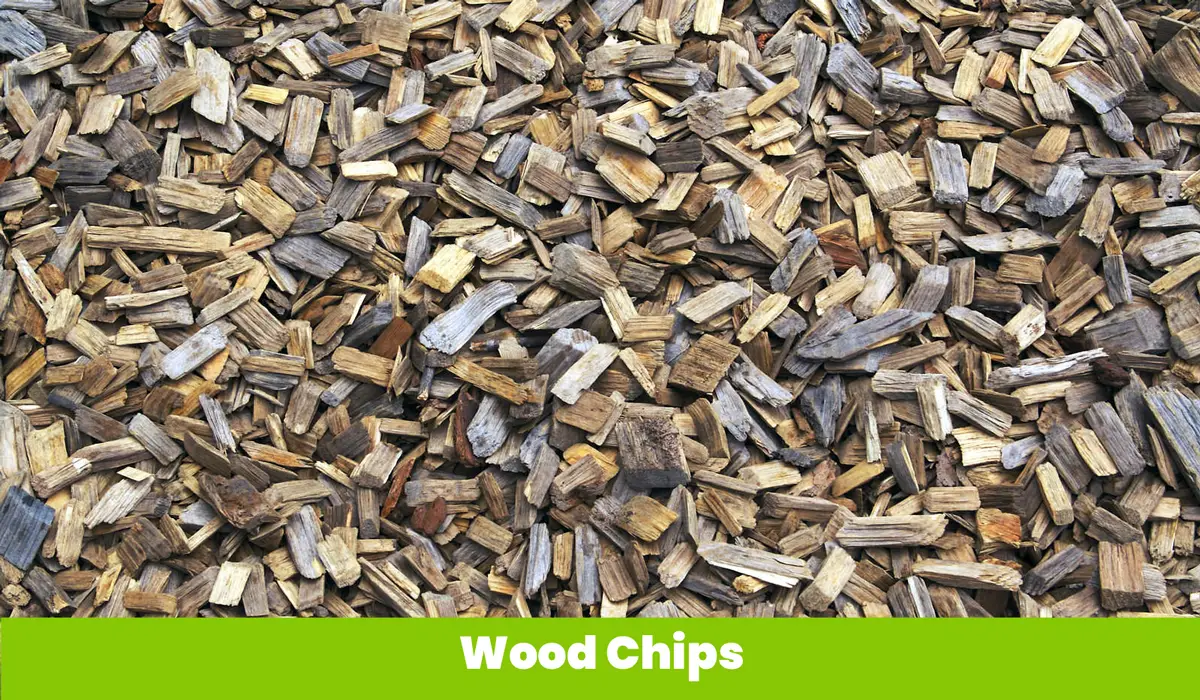
Wood chips are chunky bits of timber left over when trees are cut down to lumber. Like sawdust it’s cheap. If you’re close to a timber mill you might be able to nab some for free.
Its numbers aren’t spectacular, but they’ll get the job done. Wood chips drain well and hold a modest amount of water and nutrients. They hold an acceptable amount of air but not what I’d call a lot, and they aren’t inert and can’t be reused. You’ll have to watch your solution too for changes in pH as the material degrades.
But ‘free’ is a very appealing property and it’ll work just fine if you’re using a hydroponic system where drainage is paramount. You can also mix it with other hydroponics growing media with better numbers to reduce your overall costs.
No medium – Pot suspension
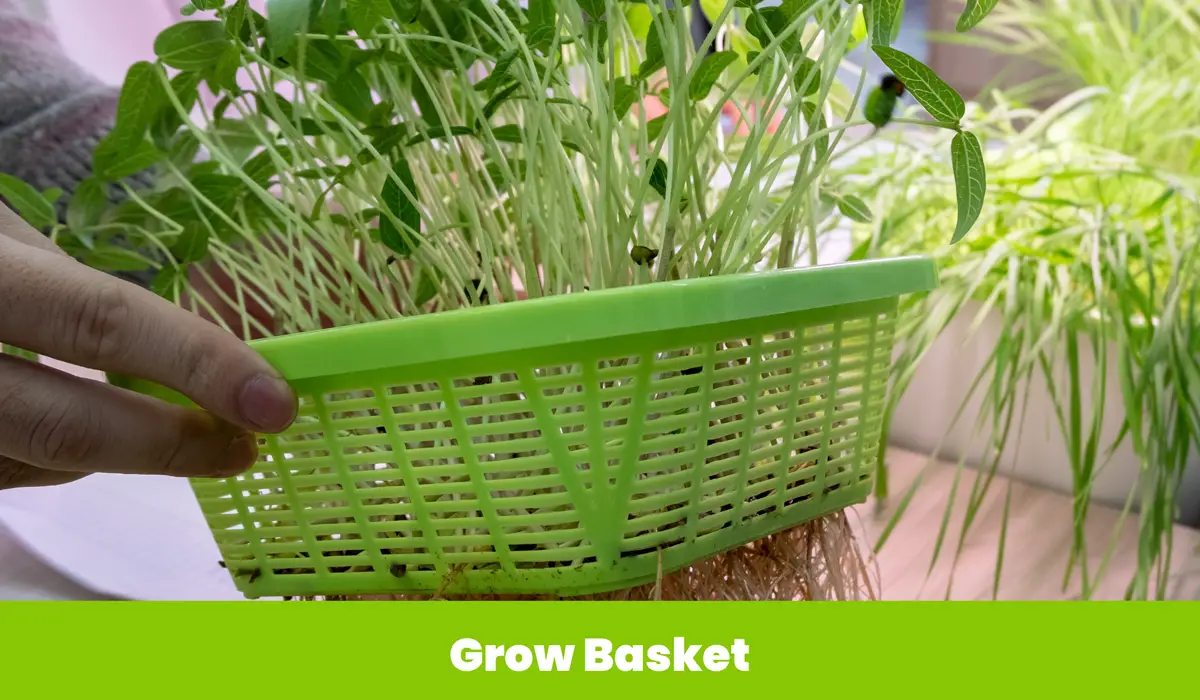
If you’re feeling ambitious you can attempt a pot suspension. This involves growing your plants directly in the nutrient solution with no support at all. The plant is typically secured firmly around the base or central stalk just above the roots. It’s a popular choice for aeroponics.
Obviously ditching the medium cuts back costs and the fuss of preparing and installing the stuff in the first place. It also drastically reduces root issues. If you’ve got nothing pressed up against the root system it’s hard for disease to get moving.
There are some substantial drawbacks. The biggest is the risk of damage of the stalk. It did not evolve to hold the weight of the plant. The other problem is that there’s no way to hold nutrients or water in reserve around the roots. If there’s a failure in the system – like a clogged spray head – you risk the whole plant becoming quickly dehydrated.
FAQ:
Do hydroponic plants need substrate?
No, not all plants need a substrate to grow. Raft-style Deep Water Culture rigs often just secure the plant around the base. The entire root system dangles below. It’s sometimes used in aeroponics or Deep Water Systems.
What is the cheapest growing medium for hydroponics?
The cheapest growing medium for you is going to vary depending on where you are. If you’re lucky enough to live near a timber processing plant it’s really easy to get sawdust or wood chips for close to nothing. Sand and stones are also cheap if you’re close to shorelines, quarries, or other such areas.
The organic by-products of other industries also tend to be very cheap. Rice hulls, sawdust, and wood chips are very cost-effective and can be composted after use. They do require a bit of tinkering to get their acidity and nutrient content just right, but it can be worth it for the savings.
Re-usable options become cheaper and cheaper each time you use them. I’ve got LECA in use that’s been sterilized and reused quite a few times in my hydroponic garden. They’ll be earning their keep for a while yet.
Final thoughts
Picking the right type of medium for each type of hydroponic system is one of the most rewarding challenges for me as a hydro enthusiast. Each different plant has its own requirements and fulfilling those needs with the perfect rig makes those rich and delicious harvests all the more rewarding. While I have my own favorites it’s a lot of fun working out new ways to get the most from my gardens.

Before you go!
Which AeroGarden is best? My review of each model in comparison to buy
How to Grow Hydroponic Vegetables and Herbs Using vermiculite
The Trick to Growing Hydroponic Peppers at Home
How to Grow AeroGarden Broccoli